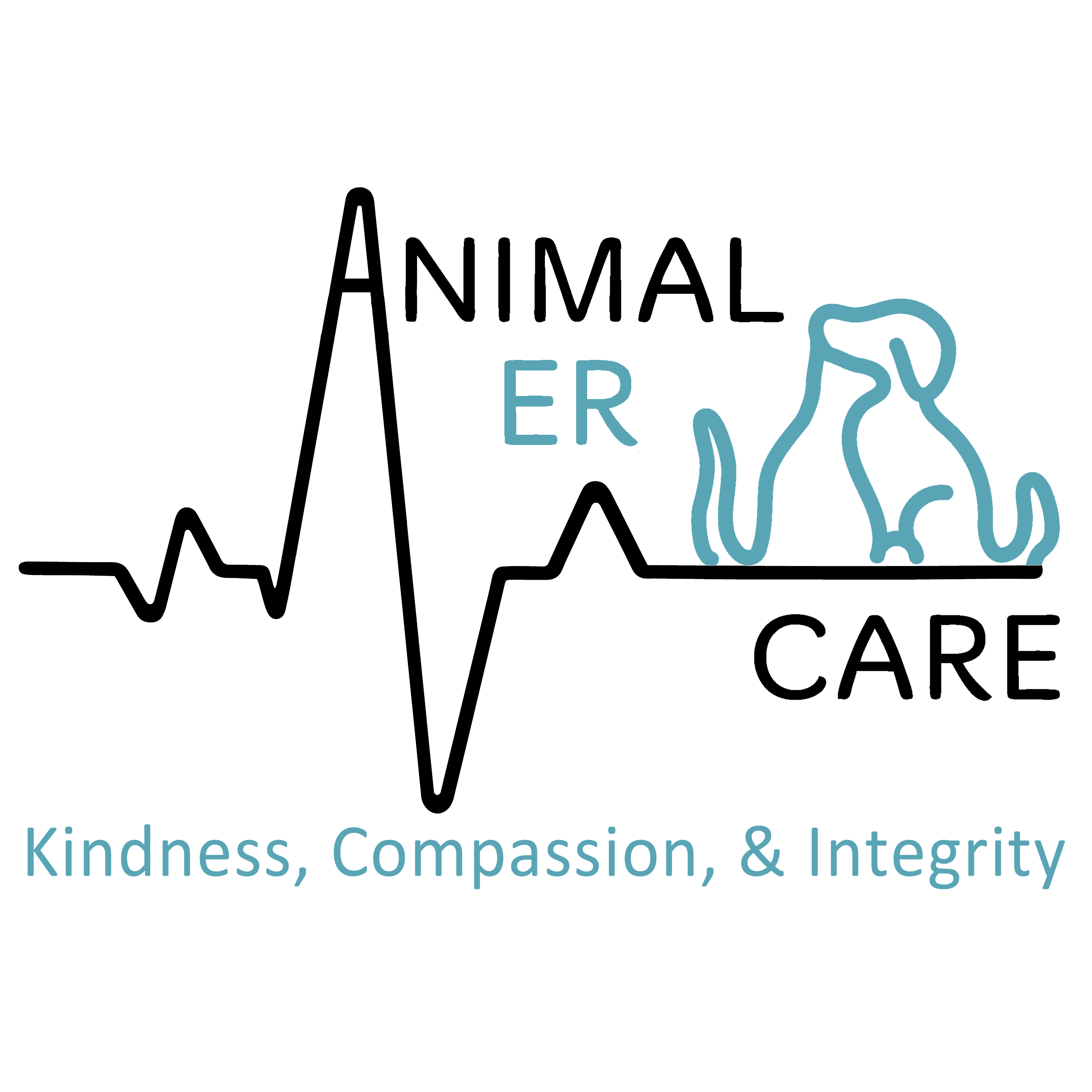Can you believe it’s already October?
In honor of the spookiest month of the year, we will be doing some myth-busting and telling the truth behind some old tricks, in this “Trick or Truth” blog!
Trick 1: We don’t try to reunite stray pets with their owners.
Truth: We often refer to our customer service team as “detectives” because they do so much work to track down pet owners. From checking the microchips against multiple databases, to filling out found reports, to searching lost reports, we pull out every stop. We know pets are family, and we’d want the same treatment if someone found one of our own pets!
The legal stray wait period is three days before an animal officially becomes our property and we can legally adopt them out. However, in most cases, we wait a full five days before putting an animal up for adoption, because that’s how long it can take before we have exhausted all other options. We NEVER put an animal up for adoption until all possible leads on an owner have dried up.
Trick 2: We euthanize animals if they’ve been with us for a long time, or if we are out of kennel space.
Truth: How long an animal has been with us and how much space we have has no bearing on humane euthanasia decisions. HSPPR is an open-admission shelter. This means we don’t turn away any animal in need. And we have no time limit on animals. As long as a pet’s quality of life remains, that pet will stay available for adoption. We try our hardest to find loving homes for every animal or work with our extensive rescue network to help place an animal. However, if an animal has severe behavior issues and is a danger to the public, or if an animal is suffering from untreatable disease or considerable health problems, we do look at humane euthanasia as an option.
Trick 3: We are part of Humane Society of the United States (HSUS).
Truth: We are a local, independent nonprofit that is not affiliated with HSUS. So when you donate to HSPPR, your donations stay right here in your community! We do frequently work with other nonprofit rescues and transfer partners. This enables us to save more lives by sharing resources through the connected network of animal welfare organizations with which we work.
Trick 4: It’s unsafe to put black cats up for adoption around Halloween.
Truth: Actually, there is no substantial evidence that animal abuse is greater in October than any other time of the year. Unfortunately, the unintended consequences of perpetuating the myth are that black cats spend even more time in shelters without finding their loving new homes. To combat this, HSPPR joins animal shelters across the country by offering opportunities for families to fall in love with black cats any time of the year.
But that doesn’t mean we are sending cats off with new families without first getting to know the adopters! We follow a thorough adoption process, including checking for a valid ID and interviewing the new family, to make sure all of our pets are going to the best possible homes every time.
Trick 5: We only put up perfect pets for adoption, instead of treating sick pets to make them adoption candidates.
Truth: HSPPR started its veterinary clinic in 2009 so we could begin caring for the animals that need it most and get them placed into loving homes. When it opened, we had just one veterinarian. We now have eight full-time veterinarians on our staff, and we are the only animal shelter in Colorado with an AAHA accreditation!
We frequently treat many common issues, like injury/amputation, ringworm, (and more ringworm…and yet even more ringworm), URI, parvovirus and more to ensure we are saving as many lives as possible, without prolonging an animal’s suffering. In fact, last year, we medically rehabilitated 5,948 different animals in our care!
Trick 6: Animals in our shelter are waiting around for long periods of time before adoption.
Truth: On average, animals stay in our shelter for about two days after becoming available for adoption before they find a new loving home, and puppies don’t even last a day before they’re adopted! Because HSPPR is well known in the community, our pets get adopted very quickly, as people know to search for pets in our facilities and on our website. Last year, we had 12,236 adoptions, our highest number yet!
You can learn more about our numbers and accountability here.
Trick 7: We’re overcharging for adoption fees.
Truth: Compared to most other ways of purchasing a pet, Humane Society of the Pikes Peak Region’s adoption packages offer great value, even when adopting a variably priced pet. All adoptions come with:
-spay/neuter
-vaccinations
-voucher for a free veterinary exam
-microchip
Variable pricing, or higher adoption fees for some animals that will find a home quickly, enables us to care for more animals in need of life-saving medical and behavioral intervention.
We are one of many shelters across the country that utilizes a similar pricing structure to help fund the care of as many animals as possible. These fees allow us to pay for more staff to ensure clean facilities and proper care of our pets, more toys to keep animals stimulated during their stay, more medical care for animals with treatable illness and more life-saving initiatives like our Wellness Waggin’ and behavior modification program.
But, only about an eighth of our revenue is garnered through adoption fees, while half is through our contracts with local governments. Roughly a third comes from…YOU! Our donors contribute one-third of our annual revenue, allowing us to go above and beyond to provide top-notch care to the animals most in need. We frequently seek more donations because more capital means more resources, which means more lives saved.
Donors may choose to designate their dollars to a specific program or to fund whatever program is in greatest need. With operating expenses over $13 million, we rely on donations to fund humane programs, with $0.83 of every dollar donated directly to helping animals in need in our Southern Colorado shelters.
Trick 8: Our feral cat TNR (Trap-Neuter-Return) program is inhumane.
Truth: Cats have been living outdoors near humans for 10,000 years, so releasing a healthy, feral cat back outdoors in its community is not inhumane. In fact, by vaccinating and neutering these cats, we help prevent the spread of disease, overpopulation, and competition for resources like food.
Another common question we are asked is why we ear tip cats in our TNR program. Ear tipping is the easiest way to identify a community cat as being sterilized. If an ear-tipped sterilized cat is caught, the cat can immediately be released. Also, our cat colony managers can tell from afar if a new cat in their area needs to be trapped. If the cat had only a tattoo or microchip, the cat would be subjected to stressful handling, which would also expose the person trapping it to possible injury. This ear tipping procedure is a medical procedure done while the cat is under anesthesia. It is considered essential by experienced feral cat advocates and is endorsed by all major humane groups.
In addition, there are many benefits to practicing TNR on the existing cats in your neighborhood to create a better existence for you both. Because spayed female cats don’t go into heat, they attract fewer male cats to the area. Sterilized cats also spray less and make less noise. Cats are also very good at controlling the local rat and rodent population.
Trick 9: Animal Law Enforcement doesn’t want to save animals—they are just dog catchers.
Truth: Animal Law Enforcement officers are bound by the law and have to work within it to drive change. They rescue pets, appear in court, prosecute dangerous animal cases, investigate animal abuse, and more.
Because they only have the authority the law gives them, if someone is not breaking a law, they can’t intervene. For example, it is not illegal to keep a dog outside. While we strongly encourage people to keep their pets inside with them, if the animal has access to food, water, and adequate shelter and is not in immediate danger, our officers must abide by the law, and they cannot take that pet. Instead, they can help to educate the owners on best practices and encourage them to not repeat this behavior!
Trick 10: HSPPR is against bully breeds and promotes breed-specific legislation.Truth: Humane Society of the Pikes Peak Region works toward its mission of a compassionate community where animals are cared for and valued. No matter what the breed, one animal’s life is equally as important as the next.
Public safety is HSPPR’s number one priority, and not all dogs – regardless of breed – may be adoption candidates. We support legislation to protect the community from dangerous dogs; however, we do not support breed specific bans, which do not address public safety.
HSPPR programs like behavior modification/training and featuring pets in local media are geared toward finding as many homes for homeless animals as possible, no matter what the breed. We also work with our rescue partners, who may have additional resources for harder-to-place pets, and offer subsidized spay/neuter surgeries to help end pet overpopulation with no income qualifications for bully breeds.
Trick 11: You can’t get a “good dog” from a shelter.
Truth: It’s worth noting that many shelter dogs are brought in from their previous owners for numerous reasons, and being a “bad dog” is rarely one of them. Things like moving, illness and inability to pay for pet care are among many reasons that play into why people give up their pets.
Another perk of shelter dogs is that they frequently arrive at a shelter having already been trained by previous owners. This cuts out extra work for you and provides you with more confidence because you can know for sure that a dog has already lived in a household that has kids, other pets, etc. It’s a win-win! A shelter dog gets a new loving home, and you get a wonderful new pet that suits your needs.
Finally, HSPPR frequently gets in puppies that are available for adoption. So, if you’re looking to raise a dog from its puppy stages to be the perfect pet, that can also be achieved through adopting a dog, instead of buying one!
Trick 12: Adopting pets for free or discounted rates is dangerous for the animal.
Truth: We follow a thorough adoption process, including checking for a valid ID, doing a background check in our system, and interviewing the new family, to make sure all of our pets are going to the best possible homes every time.
In addition, studies have shown that open adoptions and waived-fee adoptions don’t result in an increase of returned pets.
Trick 13: Pueblo is paying for animals in Colorado Springs.
Truth: All of the donations raised in Pueblo help to cover all of the expenses that Pueblo incurred on behalf of that pet. So ultimately, money raised in Pueblo stays in Pueblo.
However, if a pet that received medical care in Pueblo before being transferred to Colorado Springs (or to any other organization for that matter), the adoption fees for the pet are retained by the adopting organization.
As a hypothetical example, Becky the bulldog needed to be treated for parvovirus in Pueblo. We received donations for her medical care. Those donations went straight to our Pueblo medical fund, and any extra money we received went to other Pueblo animals in need. But, Becky was not getting adopted from Pueblo, even after spending several days there and being promoted. So, we transferred her to our Colorado Springs shelter, where she was quickly adopted! Her adoption fees then go to our Colorado Springs facility to cover the food, shelter and resources used in that facility before she was adopted.
Trick 14: If you’re not “no-kill,” you must be “kill”
Truth: Humane Society of the Pikes Peak Region is an open admission shelter – this means we don’t turn away any animal in need, meaning we often get the most medically ill and behaviorally challenged pets in our community.
To ensure we are catering to the needs of each animal that enters our care, we evaluate and treat them as an individual. This is called Socially Conscious Sheltering. Instead of working toward an arbitrary live-release rate statistic, we consider the circumstances of every animal we serve. Not only do we save as many lives as possible, but we ensure the pets we are caring for receive all the care they need and are happy and comfortable while they are with us.
We are working every day to decrease the euthanasia of unwanted animals through extensive community outreach and innovative programs, including behavior modification and a mobile veterinary clinic. The number of lives we are saving is at an all-time high, with our live-release rate hitting 88.6% last year.
You can help us with our goal by encouraging friends and families to adopt a homeless pet and support our life-saving programs by making a donation.








